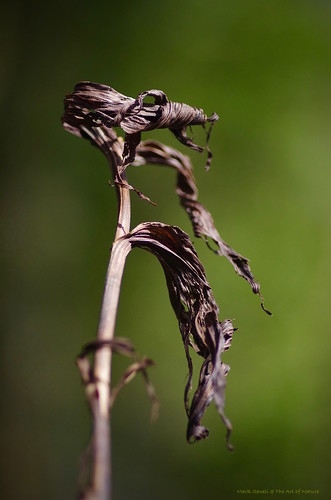In accordance with the strategy explained by Wren [fourteen], C. difficile was isolated by stool tradition with cefoxitin cycloserine egg yolk (CCEY) agar. CCEY agar (BioConnections Ltd., Knypersley United Kingdom) supplemented with 40 mL of egg yolk emulsion (BioConnections), two vials of cefoxitin-cycloserin (BioConnections), and ten mL of lysed horse blood per liter was ready inhouse and saved at 4uC for a optimum of one week just before use. The 10% (w/v) stool homogenate was combined with an equivalent quantity of absolute ethanol and remaining at room temperature for thirty to 60 min. In an anaerobic glovebox (Coy Laboratory Products Inc., Grass Lake, MI), 100 mL of the liquor-taken care of stool or its ten-fold dilution was inoculated onto the CCEY plates and cultured under anaerobic circumstances  at 37uC for forty eight to seventy two h. Suspected colonies of na, not applicable. The reactivity of qPCR for the goal micro organism with each primers-probe set was investigated by making use of DNA extracts corresponding to one zero five cells for every response from every single pure society of the shown strains. Reactivity was judged by making use of the conditions explained in the Supplies and Approaches. In addition, adverse PCR results ended up attained for the pursuing bacterial strains, representing the key intestinal germs: Blautia productus JCM 1471T, Faecalibacterium prausnitzii ATCC 27768T, Bacteroides vulgatus ATCC 8482T, Bacteroides ovatus JCM 5824T, Fusobacterium varium ATCC 8501T, Collinsella aerofaciens ATCC 25986T, Prevotella melaninogenica ATCC 25845T, Veillonella parvula GIFU 7884T, Bifidobacterium longum ATCC 15707T, Bifidobacterium adolescentis ATCC 15703T, Bifidobacterium catenulatum ATCC 27539T, Lactobacillus gasseri DSM 20243T.
at 37uC for forty eight to seventy two h. Suspected colonies of na, not applicable. The reactivity of qPCR for the goal micro organism with each primers-probe set was investigated by making use of DNA extracts corresponding to one zero five cells for every response from every single pure society of the shown strains. Reactivity was judged by making use of the conditions explained in the Supplies and Approaches. In addition, adverse PCR results ended up attained for the pursuing bacterial strains, representing the key intestinal germs: Blautia productus JCM 1471T, Faecalibacterium prausnitzii ATCC 27768T, Bacteroides vulgatus ATCC 8482T, Bacteroides ovatus JCM 5824T, Fusobacterium varium ATCC 8501T, Collinsella aerofaciens ATCC 25986T, Prevotella melaninogenica ATCC 25845T, Veillonella parvula GIFU 7884T, Bifidobacterium longum ATCC 15707T, Bifidobacterium adolescentis ATCC 15703T, Bifidobacterium catenulatum ATCC 27539T, Lactobacillus gasseri DSM 20243T.
Entire C. difficile, TcdA-producing strains, and TcdB-making strains were enumerated by qPCR with 16SrRNA-F/R/P, tcdA-F/R/P, and tcdB-F/R/P, as follows. C. difficile DSM 1296T A+B+ strain was picked as a standard strain for making common analytical curves for all a few focus on C. difficile groups. Five microliters of ten-fold serial MK-1775 dilutions of DNA22308478 extracted from the pure culture of the C. difficile pressure were utilized to PCR to receive a standard analytical curve ranging from a hundred and one to one hundred and five cells/5mL response. Five microliters of the DNA solution extracted from two hundred mg of stool and its 2- and 4-fold dilutions have been utilized to C. difficile have been selected on the basis of their morphological traits and subjected to fast identification by actual-time PCR with the CD16SrRNA-F/R/P set.
Toxigenic sorts of C. difficile isolates had been determined by comparing the dimension of PCR amplicons for the respective toxin genes, in accordance with the approach explained by Kato et al. [fifteen]. An NK11/NK9 primer set for tcdA and an NK104/NK105 primer set for tcdB were used for amplification. For selective detection of entire C. difficile (A+B+, A2B+, and A2B2 types), TcdB-making strains (A+B+ and A2B+ types), and TcdA-generating strains (A+B+ type), respective primers-probe sets concentrating on 16S rRNA, tcdB, and tcdA genes were newly developed (Table one).
